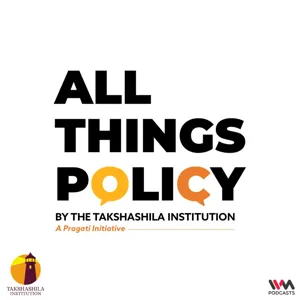One Nation One Election - Feasibility and Implications for India

Simultaneous elections seem like an idealistic approach to tackle excessive election spending in India, but does that stand true once we read between the lines? Its implications and feasibility raise critical questions, like how compatible the model is with India's federal structure. While we wait for the High Level Committee's report on their findings, tune in with Ananya Desai and Rakshith Shetty as they break down the trajectory of the 'One Nation One Election' model in India.
Do check out Takshashila’s public policy courses: https://school.takshashila.org.in/courses
We are @IVMPodcasts on Facebook, Twitter, & Instagram.
https://twitter.com/IVMPodcasts
https://www.instagram.com/ivmpodcasts/?hl=en
https://www.facebook.com/ivmpodcasts/
You can check out our website at https://shows.ivmpodcasts.com/featured
Follow the show across platforms:
Spotify, Google Podcasts, Apple Podcasts, JioSaavn, Gaana, Amazon Music
Do share the word with your folks
See omnystudio.com/listener for privacy information.



